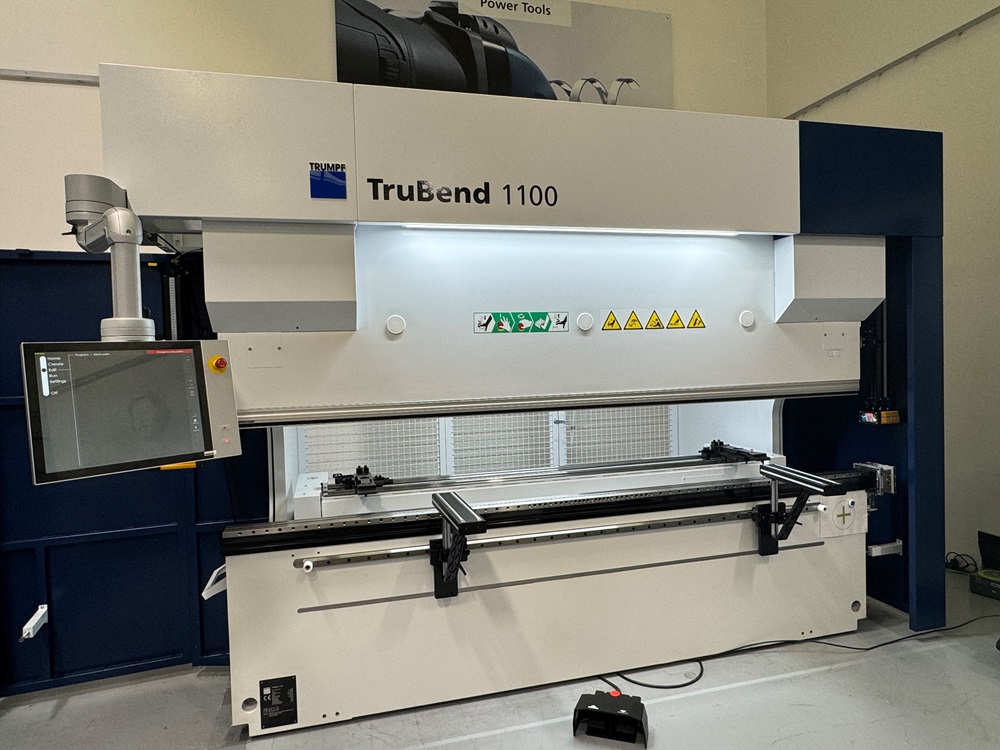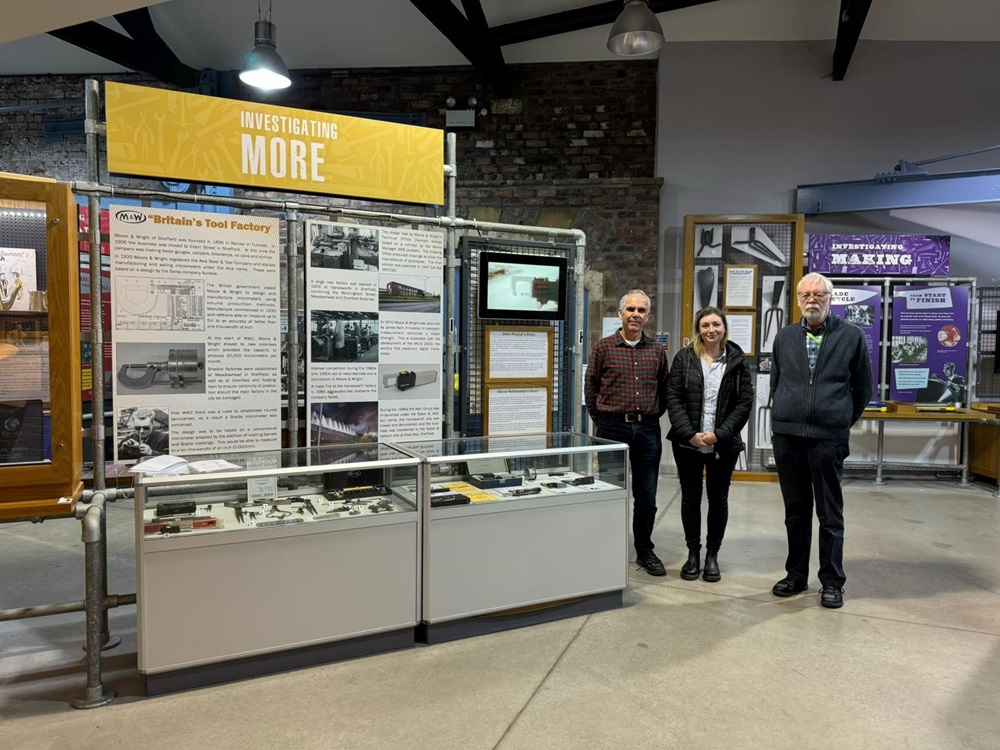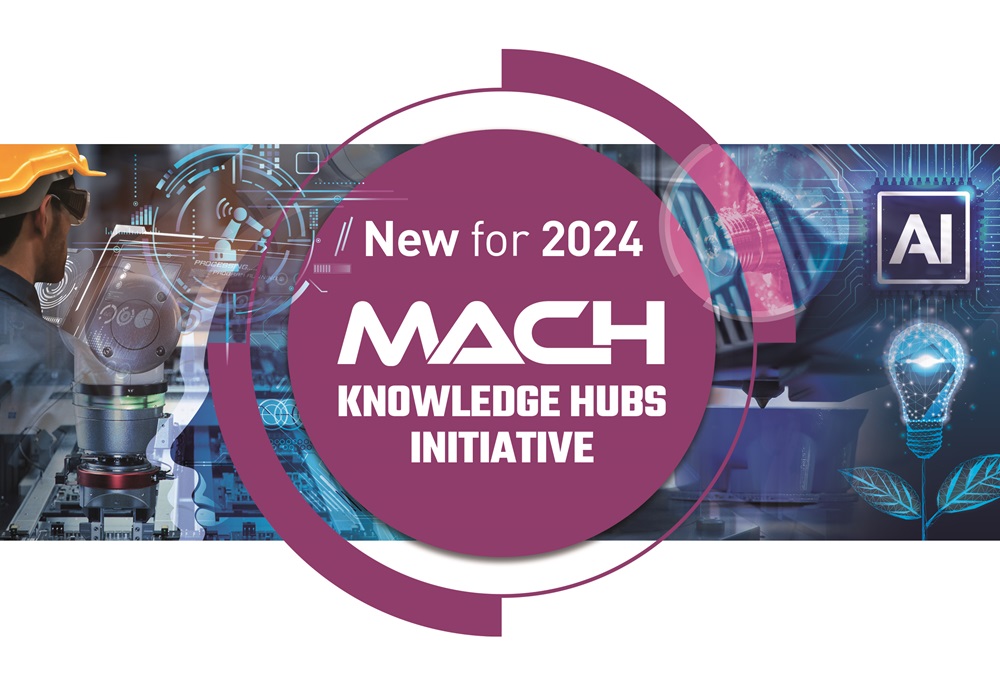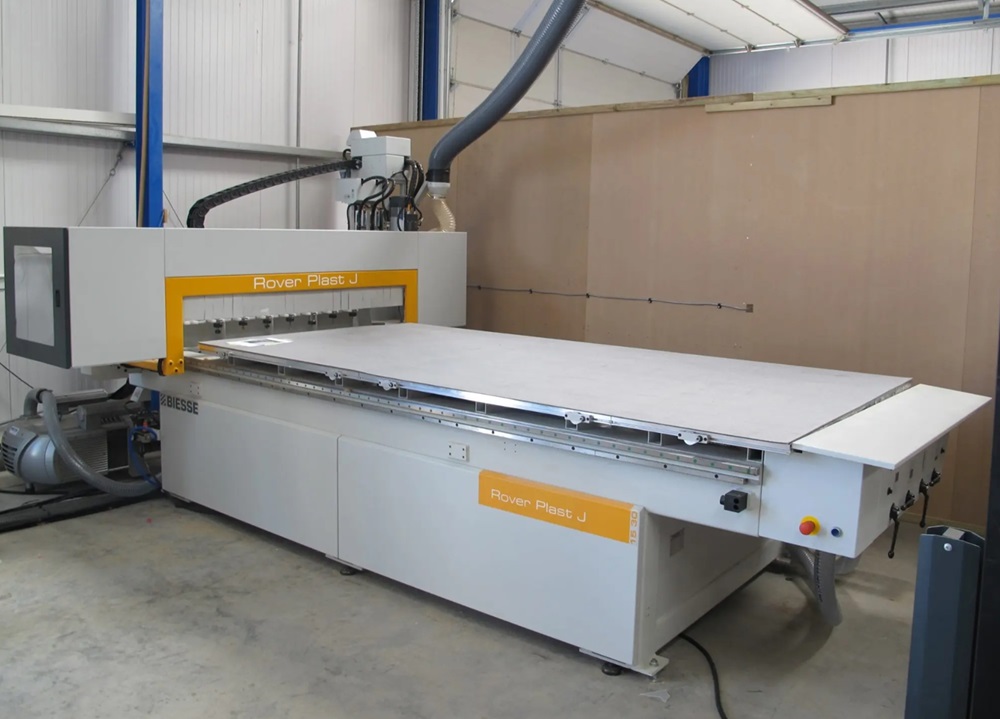CutLaserCut is a design and manufacturing company that specialises in fast turnaround production services in a number of sectors, including creative (art, fashion, jewellery, architecture), engineering, retail and sign making to name but a few. Initially set up as a laser cutting business in 2010, CutLaserCut invested in a CNC routing machine in 2017 to expand its service offering. It is here that Industrial Tooling Corporation (ITC) stepped in to support the company widen its diversification strategy.
Operating out of two facilities, CutLaserCut has a single Trotec Speedy 400 laser at its Camberwell site and a larger production studio with six CO2 lasers and a host of additional equipment at its south coast facility. The largest laser machine offers a working area of 3 x 2 m, while the Biesse Rover Plast J FT 1530 CNC routing machine that arrived in 2017 offers a work envelope of 3 x 1.6 m. It is this machine that led CutLaserCut to ITC.
Combining laser technology with the router, CutLaserCut can process everything from cast acrylic sheets to plywood, ‘organic’ materials, plastics, wood and wooden boards, card, paper, leather, foam, and much more. The arrival of the router opened opportunities to machine new materials with a technology that CutLaserCut had no experienced previously. A visit to the Sign UK exhibition led to a timely meeting with Sally Hunt from ITC.
Russ Mellor from CutLaserCut recalls: “We were originally a laser cutting business, but we purchased the Biesse CNC router to expand the range of materials with which we could work. Biesse is not a specialist in cutting tools, so we visited the Sign UK exhibition where we met Sally Hunt from ITC. We were immediately impressed with her depth of knowledge and helpful attitude. Since 2017, Sally and the ITC team have been a fabulous resource that we’ve been happy to rely on. A trusted partner in all aspects of CNC tooling.”
As a company that specialises in delivering a fast response to demanding sectors, CutLaserCut can rapidly turn around anything from simple B2C parts, one-offs and specialist projects to more involved B2B product development and production runs. To satisfy client demands with rapid lead times, CutLaserCut relies on high-quality cutting tools from ITC for machining a vast array of materials.
In a fast-paced environment, CutLaserCut needs maximum machine uptime and optimal productivity levels. To enable this outcome, ITC supports CutLaserCut with a diverse range of standard and bespoke tooling solutions that provide quality, performance, reliability and longevity. The performance and tool life are optimised by expert advice from ITC, a service that includes identifying the correct tool, geometry and coating for any given material.
“ITC has provided us with too many tools to remember over the past six years,” admits Mellor. “The lengthy list of standard products is also complemented by an entire range of specials that we have requested going back to the start of our working relationship. We tend to specify ITC’s 6 mm straight and compression cutters for general work, but we’ve had many larger, smaller and specialist tools over the years. Whenever a new project arrives, or if there’s a particular machining technique required, we can call or email ITC and ask for the best advice about tooling. This includes feed rates, number of passes and other technical details.”
Most recently, ITC provided CutLaserCut with a 12 mm radius point round cutter for a new technique that an established client wanted to try. Sally Hunt from ITC was able to propose the tool based on a photo of the effect the client was trying to achieve.
“She got it spot on and the tool did exactly what was needed,” reports Mellor. “The total time from client enquiry to delivery of the final parts was just seven days, including the selection, manufacture and delivery of the ITC point round cutter. Standard tooling is available on a next-day basis, even if ordered late in the day.”
He continues: “I’ve not found anything like this level of service from any other tool manufacturer, and we tried a few before finding ITC. Expert advice on tool selection, backed by expert engineers that can design, manufacture and deliver custom tooling if necessary, is a really good fit for us. I get the impression they value our business and we value their support.”
Alluding to the importance and value of ITC’s rapid and bespoke tooling service, Mellor concludes: “As we are a subcontract manufacturer, we rarely make the same thing twice, unless it’s a production run. Therefore, it’s of critical importance that our tooling works right the first time and keeps working with high levels of productivity and reliability until completion of the job. We’re always working on tight turnaround projects, so we can’t be dealing with tooling that do not perform as we expect and time being lost in re-specifying and replacing tooling. An issue like that could delay an entire project.
“This is where the high quality of ITC comes in. I can’t recall any instances where their tooling has let us down. Considering we have now worked with ITC for more than six years, that’s saying something.”
For further information www.itc-ltd.co.uk



















